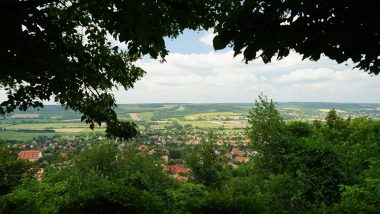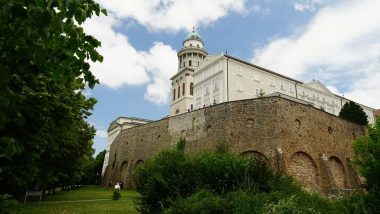We made a visit to the town, known as Győrszentmárton until 1965, dominated by its most famous landmarks: the thousand-year-old Pannonhalma Archabbey and the Benedictine Secondary School, which are situated above the village, on Szent Marton Hill. The hill itself is still known by this ancient name and the name ‘Pannonhalma’ was introduced as part of the Hungarian language reforms in the nineteenth century. The monastery of the Benedictine Order, founded in 996, lies about 20 km from Győr. Archduke Otto Habsburg’s heart is kept at the Pannonhalma Archabbey, while his body was laid at the Capuchin Crypt in the old Imperial capital of Vienna. In 1996, parts of the town were included in UNESCO’s demarcation of the Abbey as a World Heritage Site. Four years later, the village of Pannonhalma was officially granted the ‘town’ status.





